Contents
Central heating and air conditioning systems produce cold or warm air and then distribute it throughout your home through a system of ducts. The ductwork is typically made of metal, so they tend to make sounds, even with the slightest disturbance. This can be annoying, especially if the sound is loud and frequent. It may also keep anyone from sleeping soundly at night. This article discusses why this happens and what you can do to reduce the noise.
Possible Reasons Behind Ductwork Noise

HVAC ducts may generate noise because of several reasons. Listen closely to know the types of sounds they produce. You may not see the source of the issue, but the noises you hear will give you an idea. A typical noise we deal with is a banging sound from your HVAC ductwork.
HVAC Ductwork Is Banging
Some homeowners report a banging and popping noise from the ducts’ interior. The noise generally happens in short bursts. It is typically because the walls of the ductwork expand and contract when a change in internal temperatures occurs. Another reason is because of pressure fluctuations. Keep in mind that hot air can result in the ducts expanding, while cold air can make them contract. The human eye may not perceive this, but you can hear it as it happens in real-time a few moments after switching on your air conditioner or furnace.
Causes For Additional Ductwork Noises
The ducts can also generate other noises aside from banging and popping. Here are several common ductwork noises and their causes:
Rattling HVAC Ductwork
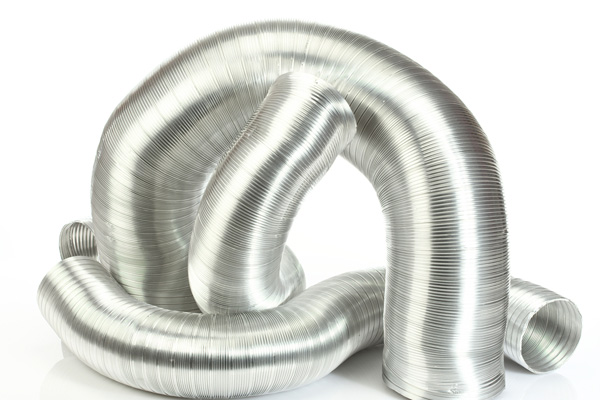
If there’s rattling from your air duct interior, loose metal parts are the likely cause. These components knock against one another and make noise. This issue usually happens as the duct ages. The seals become weak, and the connections loosen because of the static pressure. You can hear the noise as air moves through the ducts. It may be soft at first, but the noise will eventually get louder until you can no longer ignore it. Hire an HVAC professional to help find and resolve this issue.
Booming HVAC Ductwork
A booming noise may be heard at the duct’s plenum and trunk joint. This area experiences the most significant temperature swing. The noise will reverberate through the supply ducts if a connection has inadequate dampers or expansion joints. Experienced and skilled HVAC installation companies know it can happen, so they do all they can to reduce the noise from the link.
Shaking HVAC Ductwork
You may hear and notice your ducts vibrating or shaking with a low hum. This usually occurs when there’s a clogged airflow on the return’s side because of a dirty filter. The air can’t enter, and the pressure plummets, so the duct walls start shaking and vibrating. Ensure that you check your air filters’ condition. Clean or replace the air filter if it’s getting too dirty. The ducts will run more quietly, and the system will keep its high efficiency.
Scratching Ductwork
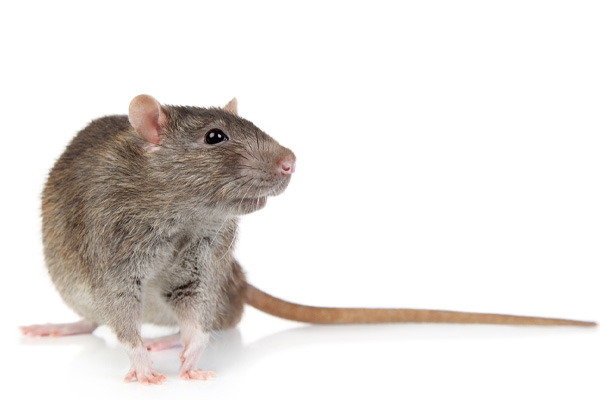 A scratching noise is another unwelcome sound from the air ducts. If a scratching sound is coming out of the metal walls, it is possible that raccoons, squirrels, rats, and other small animals have gotten inside the system. Act swiftly, or these creatures may make a nest and make your ducts their home. This will negatively impact the air quality. If there’s a buzzing noise, you may have a bee or other giant insects trapped inside the ducts. Contact a trusted HVAC technician for help.
A scratching noise is another unwelcome sound from the air ducts. If a scratching sound is coming out of the metal walls, it is possible that raccoons, squirrels, rats, and other small animals have gotten inside the system. Act swiftly, or these creatures may make a nest and make your ducts their home. This will negatively impact the air quality. If there’s a buzzing noise, you may have a bee or other giant insects trapped inside the ducts. Contact a trusted HVAC technician for help.
How to Reduce Noise From Your HVAC Ductwork
Homeowners don’t need to deal with the noise for a long time. You can remove any foreign objects and animals from the ducts. A competent HVAC professional can resolve problem areas. You can also reduce the loudness of the noise from normal operation or at least make it bearable for occupants who wish to have a quiet home. Here are several tips you can do to make this happen:
Adjust The Fan Speed
Installers set airflow volume configurations at the outset. Each system has an optimum range after accounting for several factors. They typically set the speed too high. If this is happening in your home, lower the fan speed, so there’s less static pressure. You can also ask for help from an HVAC expert because a too-low fan speed setting can make it harder for conditioned air to reach rooms far from the source.
Change the Air Filters
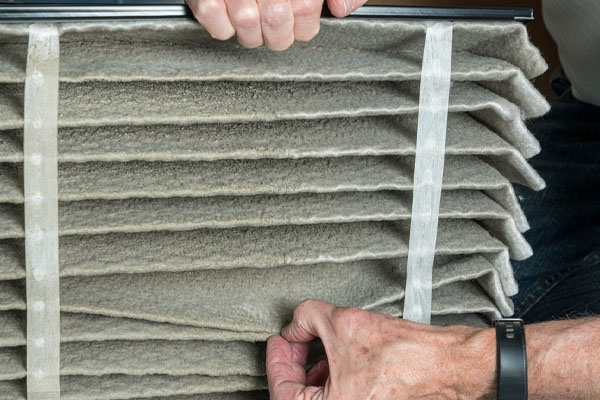
Be mindful of your filters. They are responsible for catching dust and dirt while letting air pass through. However, the more dirt the filter captures, the harder air breaches the barrier. They should be replaced every two to three months for good efficiency and airflow. Some homes in dusty areas or with pets may need filter replacement every month. The frequency depends on your unique home situation. A clean filter keeps popping and banging sounds from the ducts at bay. Air filters are pretty cheap, so buy them immediately and help your HVAC unit run better.
Install Larger Ducts
The ducts may be too small to handle the air volume the system requires for a smooth operation. Your heating and cooling units may be correctly sized, but there will still be issues if the ducts are too small. Consult your local, trusted HVAC technician to look into the matter. Larger ducts and a larger return and supply plenum help in noise reduction. Improve the airflow by pairing these with high-velocity grills and registers.
Add a Bypass Duct
A bypass product can help lower the pressure in a multi-zone system. This way, you help eliminate the excess stress on the ductwork and prevent common problems. Still, it will only be effective in some cases. Talk to an HVAC professional to determine if this option will work well for your ductwork.
Try a Different Duct Shape
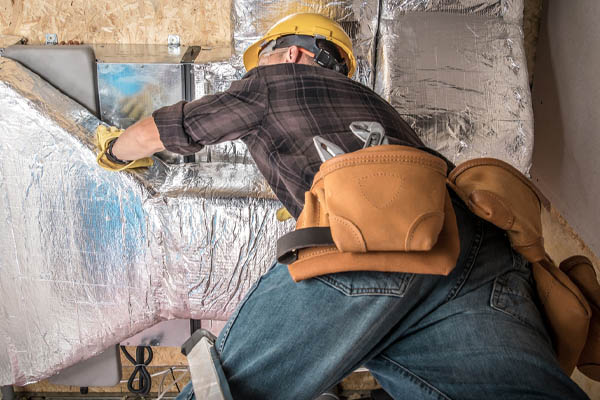
Consider the duct shape if you are installing new ones. Rectangular ducts are commonly used because they have a slim profile and clean lines. The downside is that lower pressure tolerance makes them more likely to generate more noise than round ducts. It may be worth a look if round vents can fit in your home. Discuss it with your local HVAC company.
Use a Duct Silencer
Round ducts can be installed with duct mufflers to further reduce the noise they generate. The vibrations are dampened thanks to their double-wall design and built-in insulation. They work best when placed close to the fan, air handling unit, and other parts that emit the most noise. Keep in mind that while duct silencers can reduce unwelcome noises, they cannot eliminate them entirely.
Insulate the Ducts
Wrap the insulation around ducts to have better energy efficiency. This also helps keep the noise down, especially the bangs and pops. Leave this task in the hands of a certified HVAC technician to achieve the best results.
Switch to a Ductless System
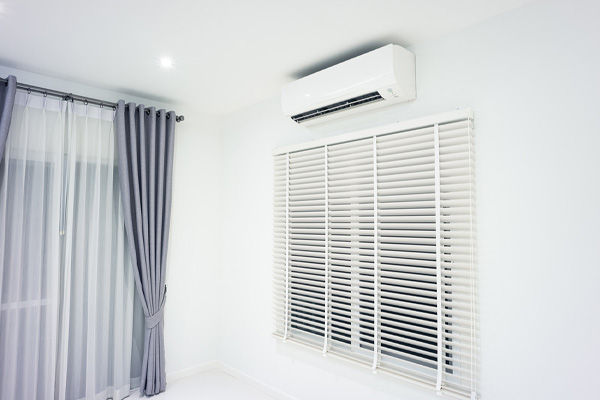
If you already have these noise reduction strategies in place but are still unsatisfied, consider eliminating ducts completely by switching to ductless mini-split systems. This way, there will be no more ductwork noise, and duct maintenance will no longer be needed. A ductless mini-split also offers pros like creating multiple zones, better energy efficiency, and independent temperature control.
Conclusion
Ductwork noise can be due to many reasons. Underlying issues like loose connections, wrong system configuration, or pest infestation can cause it. The noises in these situations will let a homeowner know there is an issue that needs to be resolved. However, the noise can also be part of the system’s normal operations. It may not be eliminated entirely, but various strategies can lower its frequency and volume. Consult your HVAC contractor to find the best solution for your system.
Tevis Energy’s sister company, Modern Comfort, performs HVAC installations, cooling, and heating system replacements, tune-ups, and more. Our technicians can provide you with expert HVAC services to ensure that your system provides you with the comfort and efficiency you deserve. Call now to schedule an appointment.
Call Tevis Energy For All Your HVAC Requirements

Tevis Energy offers high-quality heating and cooling services in central Maryland and southern Pennsylvania. We employ the best professionally certified technicians, and they can provide you with top-notch HVAC replacements, installations, tune-ups, and repairs. All our friendly techs have the experience, knowledge, and skills to ensure your HVAC system receives correct and prompt services at all times.
For the most competitive heating and cooling service costs in the area, call Tevis Energy. Our maintenance services can increase energy efficiency, comfort, and indoor air quality while reducing heating and cooling bills. If you need to HVAC repair or replacement, we can recommend the best and most budget-friendly solutions for your home. Our work comes with a guarantee because your satisfaction is our priority. Book your next service appointment by calling Tevis Energy today. Call now for a free in-home estimate.
You can click here to contact us now or call us at (410) 876-6800 to find out more! Click the link to view our service area.
Posted in Blog
Tags: